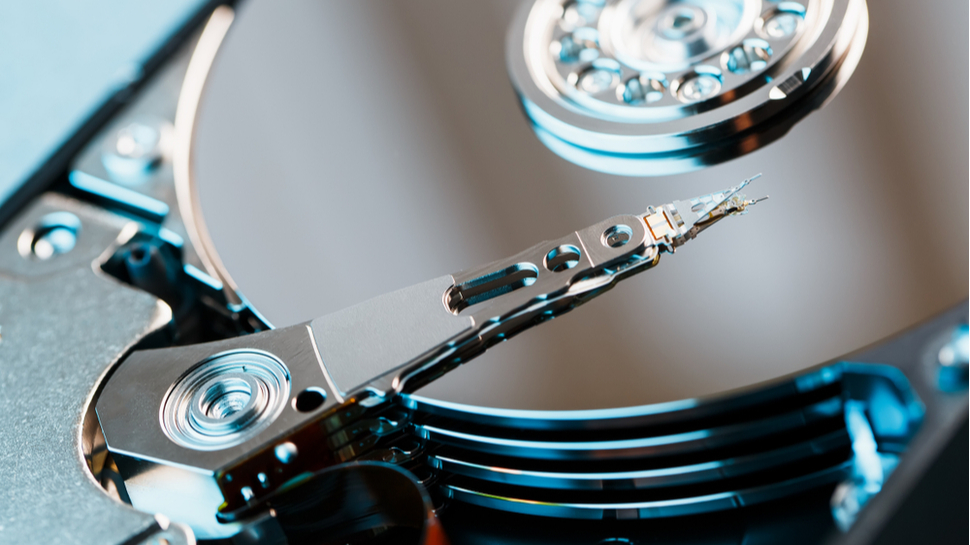The race to 30TB: Seagate to blow WD's new record-breaking HDD out of the water
Seagate says 30TB+ drives will land by mid-2023

Seagate has announced it is targeting mid-2023 for the launch of its first hard disk drives (HDDs) to exceed a capacity of 30TB.
CEO David Mosley explained on its recent earnings call that development is progressing well and Seagate is on track to start shipping its “30TB+ family of drives” to select customers by “this time next year”.
Although full specifications have not yet been confirmed, the new drives will be based on heat-assisted magnetic recording (HAMR) technology, which industry commentators believe will pave the way for HDDs far larger than the current crop.
World’s largest hard drive
As the volume of data produced by internet activity, digital devices and IoT sensors continues to expand at an aggressive rate, enterprises and cloud providers need to pack a larger quantity of data into the same physical footprint.
To achieve this goal, they’ll require high-capacity hard drives that offer far greater storage density than current models (as well as cost savings associated with real estate, cooling and more), something Seagate and its rivals are working hard to deliver.
The world’s largest hard drive is currently made by Western Digital, which earlier this year unveiled a ten-platter 26TB HDD. The leap in capacity was attributed to new UltraSMR technology, which combines large block encoding and advanced error correction to improve tracks-per-inch (TPI).
In an effort to win the race to 30TB, Seagate is taking a different approach built around HAMR. By momentarily heating tiny sections of the disk during writing, HAMR allows for a larger number of bits to be written to the same surface area, resulting in significant improvements in aerial density.
Sign up to the TechRadar Pro newsletter to get all the top news, opinion, features and guidance your business needs to succeed!
The proponents of HAMR believe the technology could ultimately yield hard drives with capacities in excess of 50TB in future.
Seagate’s first-generation HAMR drives have been in the hands of customers for a while now, with the new second-generation platform set to see the light of day in roughly twelve months’ time.
Choppy waters
Advances in research and development aside, however, Seagate is currently facing a number of economic headwinds.
On the same earnings call, both Mosley and CFO Gianluca Romano warned of a predicted drop-off in sales brought about by inflationary pressures, continued component shortages and other factors.
“As we enter fiscal 2023, we expect macro uncertainties and non-HDD component shortages to continue pressuring our end market over the near term," explained Romano.
In light of these difficult market conditions, Seagate says it will cut production numbers and focus on driving efficiencies on the factory floor and across the supply chain.
“While we believe the end market demand disruptions are temporary, we are mindful of prevailing macro uncertainties,” added Mosley.
“We are maintaining prudent cost controls across the business and executing our product roadmap, which also helps to support our customers’ TCO objectives.”
- Back-up your precious data with the best external hard drives and NAS drives around

Joel Khalili is the News and Features Editor at TechRadar Pro, covering cybersecurity, data privacy, cloud, AI, blockchain, internet infrastructure, 5G, data storage and computing. He's responsible for curating our news content, as well as commissioning and producing features on the technologies that are transforming the way the world does business.